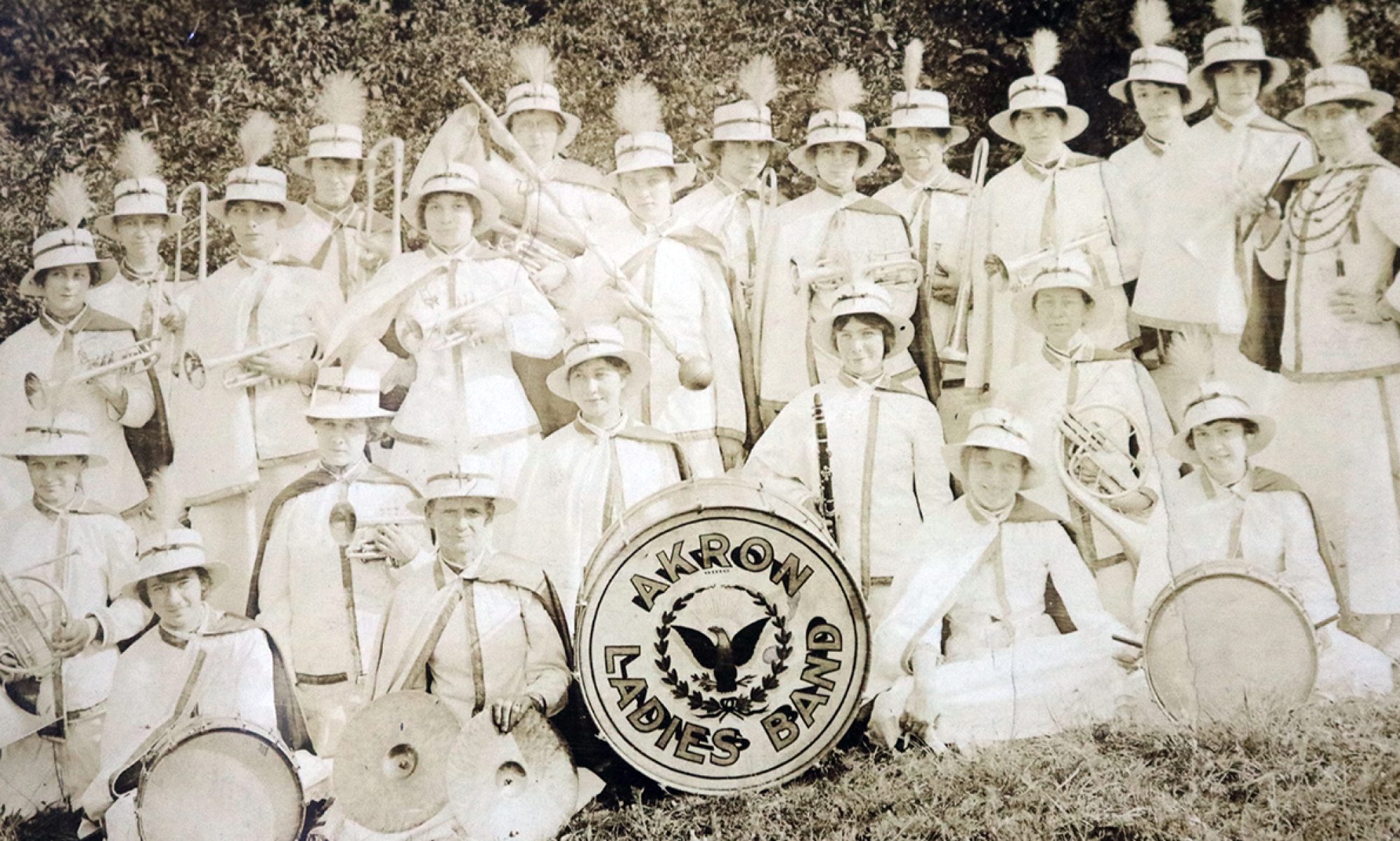
When Alcoholics Anonymous wanted to mark its birthplace, it looked to the gatehouse of Stan Hywet in Akron. It was there that the two best-known characters in the Alcoholics Anonymous movement — Dr. Bob Smith and Bill Wilson — first met. But there was another person present; Henrietta Buckler Seiberling arranged the meeting, helped nurture the early organization and ever reminded the AA leaders of the need for a strong spiritual under pining for an alcoholic’s recovery.
Seiberling was satisfied to work in the background. The social customs of the day, her background as well as the background of her husband, explained why she opted to play such a role.
Henrietta Buckler was born in Lawrenceburg, Ky., on March 18, 1888. She was reared in Texas where her father, Julius Augustus Buckler, was a judge of the Common Pleas Court. She was well educated, graduating from Vassar College, when she was only 15. She majored in music, ideal for the well-bred lady of the day. In 1917, she married John Fredrick Seiberling, eldest son of Akron industrialist F. A. Seiberling.
The Seiberlings had made their fortune — and lost it — and gained it back in Akron’s rubber industry. By 1917, the Seiberlings had already earned their place in Akron society. Matriarch of the clan, Gertrude Seiberling, was already one of the leaders in the city’s cultural and musical scene. John Fredrick and Henrietta moved to Akron after their marriage.
None of the Seiberling did as well financially as their parents. John Fredrick was no exception. He worked for his father’s company. It was the financial and family problems that Henrietta faced in the early 1930s that eventually led to her involvement in the creation of the AA.
Seiberling was not an alcoholic; she was, however, involved with the Oxford Movement, an evangelical fellowship of intellectuals who believed in the responsibility of Christians to solve social problems. Seiberling helped organize the group’s “alcoholic squad” in Akron.
Dr. Bob Smith and his wife came into the Akron Oxford Group. A physician, Smith was an alcoholic. Aware of his drinking problem, Seiberling invited the Smiths over for a small meeting of the Oxford Group. Members shared their deepest secrets and then Smith admitted for the first time that he was a “secret drinker and I can’t stop.” The group then prayed together.
The Oxford Movement was not peculiar to Akron. It had groups in many cities throughout the United States and Europe. The Oxford Movement was also a kind of network. Members often contacted others in other cities. It was through this network that Seiberling met Bill Wilson, a stockbroker from New York in Akron on business. Wilson was also a recovering alcoholic. Wilson told Seiberling that he had had a religious experience and found the strength to stop drinking.
Seiberling quickly arranged a meeting between Wilson and Smith. The two worked together to support each other as they dealt with alcoholism. Working with Seiberling, they also came up with many of the tenets that still mark Alcoholics Anonymous — never to drink again, to lead a spiritual life and to share their experiences with others. Initially working through Akron’s Oxford Group, Alcoholics Anonymous soon struck out on its own, meeting at the old King School. Bill Wilson acted as the group’s promoter; “Dr. Bob” was the “homeyness” that the alcoholics needed at the beginning, Seiberling recalled.
Seiberling added the religious dimension that both Dr. Bob and Wilson resisted initially. The two thought that this might turn the alcoholics away. To which, Seiberling replied,“Well, we’re not out to please the alcoholics. They have been pleasing themselves all these years. We are out to please God. And if you don’t talk about what God does and your faith, and your guidance, then might as well be the Rotary Club or something like that. Because God is your only source of Power.”
While Seiberling nurtured the AA movement, she saw her marriage degenerate. Eventually, she and her husband separated and she moved to New York in 1952. She died there in 1979. She was survived by three children — Mrs. George Huhn; Dorothy Seiberling, art editor for the old Lifemagazine; and Rep. John Seiberling, congressman from the Akron area.
After her death, her son publicized his mother’s involvement with the founding of Alcoholics Anonymous, now a worldwide organization helping millions every year.
Lower photo shows Gate House at Stan Hywet Hall. Photos courtesy of Alcoholics Anonymous.
–Kathleen L. Endres
